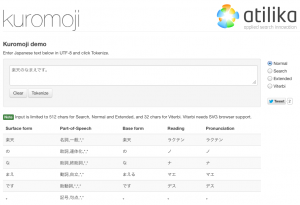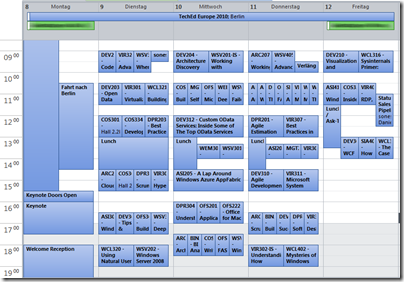Super Urban Intelligent CArd

Suica (スイカ Suika) is a rechargeable contactless smart card, electronic money used as a fare card on train lines in Japan, launched on November 18, 2001. The card can be used interchangeably with JR West’s ICOCA in the Kansai region and San’yō region in Okayama, Hiroshima, and Yamaguchi Prefectures, and also with JR Central’s TOICA starting from spring of 2008, JR Kyushu’s SUGOCA, Nishitetsu’s Nimoca, and Fukuoka City Subway’s Hayakaken area in Fukuoka City and its suburb areas, starting from spring of 2010. The card is also increasingly being accepted as a form of electronic money for purchases at stores and kiosks, especially within train stations. As of October 2009, 30.01 million Suica are in circulation.
https://en.wikipedia.org/wiki/Suica
This time around we really made use of electronic payment and got around using cash whenever possible.
There where only a few occasions when we needed the physical credit card. Of course on a number of tourist spots further away from Tokyo centre cash was still king.
From my first trip to Japan to today a lot has changed and electronic payment was adopted very quickly. Compared to Germany: Lightning fast adoption in Japan!
The single best thing that has happened recently in this regard was that Apple Pay got available in Germany earlier this year. With the iPhone and Watch supporting SUICA already (you can get a card on the phone/watch) the availability of Apple Pay bridged the gap to add money to the SUICA card on the go. As a visitor to Japan you would mostly top up the SUICA card in convenience stores and train stations and mostly by cash. With the Apple Pay method you simply transfer money in the app from your credit card to the SUICA in an instant.
This whole electronic money concept is working end-2-end in Japan. Almost every shop takes it. You wipe your SUICA and be done. And not only for small amounts. Everything up to 20.000 JPY will work (about 150 Euro).
And when you run through a train station gate to pay for your trip it you hold your phone/watch up to the gate while walking past and this is it in realtime screen recorded:
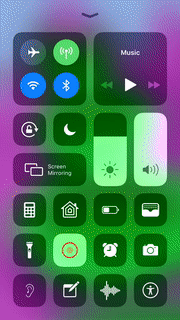
I wish Germany would adopt this faster.
Oh, important fact: This whole SUICA thing is 100% anonymous. You get a card without giving out any information. You can top it up with cash without any link to you.
Japan family trip April 2019 (part 8)
Japan family trip April 2019 (part 7)
undefined parameters

Japan family trip April 2019 (part 6)
Japan family trip April 2019 (part 5)
Japan family trip April 2019 (part 4)
gone fishing and back
Probably this blog had been a bit more silent than usual in the past days. This is because we had been away and out of the country.

Japan family trip April 2019 (part 3)
Panoramic Images free (-hand)
I really like taking panoramic images whenever I can. They convey a much better impression of the situation I’ve experienced then a single image. At least for me. And because of the way they are made – stitched together from multiple images – they are most of the time very big. A lot of pixels to zoom into.
The process to take such a panoramic image is very straight forward:
- Take overlapping pictures of the scenery in multiple layers if possible. If necessary freehand.
- Make sure the pictures overlap enough but there’s not a lof of questionable movement in them (like a the same person appearing in multiple pictures…)
- Copy them to a PC.
- Run the free Microsoft Image Composite Editor.
- Pre-/Post process for color.
The tools used are all free. So my recommendation is the Microsoft Image Composite Editor. Which in itself was a Microsoft Research project.
Image Composite Editor (ICE) is an advanced panoramic image stitcher created by the Microsoft Research Computational Photography Group. Given a set of overlapping photographs of a scene shot from a single camera location, the app creates high-resolution panoramas that seamlessly combine original images. ICE can also create panoramas from a panning video, including stop-motion action overlaid on the background. Finished panoramas can be saved in a wide variety of image formats,
Image Composite Editor
Here’s how the stitching process of the Musashi-kosugi Park City towers night image looked like:
Japan family trip April 2019 (part 2)
グランツリー武蔵小杉 and Park City Forest Towers
Japan family trip April 2019 (part 1)
How to solve the city traffic problem
Only in Japan
When you are searching the internet for more information and things to learn about Japan you will inevitably also find John Daub and his “Only in Japan” productions. And that is a good thing!
ONLY in JAPAN is a series produced in Tokyo by one-man band John Daub.
Only in Japan Patreon page
Back in 2018 we even where around when John announced that he is going to live-stream.
And so we met up with him and eventually even said “Hi”.
Of course it wasn’t just us who got a good picture. We were part of the live stream as well – involuntarily as we had tried very hard to not be in frame.
staying in Tokyo off-center (武蔵小杉)
Ever since I’ve first visited Tokyo in 2012 I fell in love with country, culture and the city. On average I was there 4 times a year to do business.
After leaving Rakuten I went back to Tokyo for a vacation together with my wife in October 2017. The idea was to show her what I was enthusiastically mumbling about all the time when I came back from Japan.
When staying in Tokyo I’ve stayed in different areas across the city. From very center to not-so-much-center. Given the great public transportation and taxi system in Tokyo it always was a great experience.
So after a couple of times I developed a preference for an area that was in walking distance to the Rakuten office, was well connected to the public transport system and offered all sorts of starting-points for daily life on a longer term. It ticked a lot of boxes.
You can follow my foot-steps from a route I had recorded in 2015 in preparation for a presentation I’ve held at the Rakuten Technology Conference on my pet project Miataru.
The areas name is Musashi-Kosugi (武蔵小杉). And it actually is in the city of Kawasaki in Kanagawa prefecture. Effectively just across the Tama river from Ota-city in Tokyo prefecture.
Like any great neighborhood everything is conveniently close and the service everywhere is spotless. The hotel of preference is fairly priced and extremely close to the two train stations. So you can get anywhere quick by train.
You can see the hotel location and the train tracks pretty well on this next map. The red portion shows the viewing direction of the night-picture below.
And like any great neighborhood there’s loads of current information available and lots of community activities around the year. In the case of Musashi-Kosugi you can have the more official website and the more up-to-date blog.
If you plan to visit Tokyo I can only recommend you take a look at more off center options of accomodation. I’ve always enjoyed being able to leave the center of buzz like Shibuya, Ropongi and get back into my bubble of quietness without compromising on everything else than party-and-entertainment options. Actual longer-term daily-life is much more enjoyable off-center – as you can imagine.
And for the end of this post: Let us enjoy a sunset with parts of the Musashi-Kosugi skyline:
something is coming up…

Since 2011 we’ve got this Boogie Board in the household. It’s simply a passive LCD panel on which you can write with a plastic pen. When you do you’re interacting with the liquid crytals and you switch their state. So what was black becomes white.
So we got this tablet and it’s magnetically pinned to our fridge. And whenever we’ve booked the next trip we’re crossing off days by coloring them in a grid.
How do you do such countdowns?
sakura season forecast
I am visiting Japan for almost 7 years now but I’ve never actually been there when the famous cherry blossom – or sakura – was in full force.
As every year there’s a forecast map for this years season and it gets updated frequently:
- First Forecast Issued January 24th
- Second Forecast Issued February 7th <- today
- Third Forecast Issued February 21st
- Fourth Forecast Issued February 28th
Map, Search and Filter flights all around the world
“OpenFlights is a tool that lets you map your flights around the world, search and filter them in all sorts of interesting ways, calculate statistics automatically, and share your flights and trips with friends and the entire world (if you wish). It’s also the name of the open-source project to build the tool.”
Source: http://openflights.org/
APN Changer for iOS – when you’re abroad and in need of different mobile provider settings
When traveling you might find yourself in the situation that you get a new SIM card into your iPhone and it’ll start and do it’s automatic magic for you. And eventually you well end up with the right provider settings by default.
But there are some cases when it picks the wrong provider settings. Like in my case. It picked NTT docomo in Japan with the default NTT docomo settings. In my case I was using a reseller for NTT (as described here) and that demanded different provider settings to work.
Unfortunately in all it’s wisdom the iPhone did not allow me to set the carrier settings. It just displayed the “Automatic” choice. So I went to the APN Changer website, entered the settings and installed a custom provider setting to my device. This works without any Jailbreak with iPhones without SIM Lock.
Source: m.apnchanger.org
How to use the Tokyo public transportation system as a visitor
Being in Tokyo as a visitor brings a lot of challenges. Since you gotta use the public transport offers to get from A to B. Now we had the same challenge this May and this is how we tried to solve it.
Problem: How do you know which train lines you take and where they are?
Solution: Use Google Maps (you need mobile internet access!) to find your route
The public transportation feature of Google Maps works like a charm. It’s accurate as it can be and offers even walking instructions to get to the right platform or train station.
Notice the colored lines next to the different stations. That’s the color you’re looking for on the train. They are color coded! To find your right platform just take the information that Google gives you and look out for it. It will be written on signs “Rinkai towards Tokyo Teleport”.
Problem: Okay I know which train I have to use. But before I enter the platform I have to pass the ticket gate. How do I buy a ticket? How do I know which one?
Solution: Get a Suica card and charge it! If you’re a group travelling: Look out for cheap group ticket offerings.
A Suica card (aka “Super Urban Intelligent Card”) can be used instead of buying a ticket. You can buy it where you can buy the tickets – most of the time it’s 500 Yen + charge. Charging it with some Yen is crucical since the gates will not let you in when your card is not at least charged with 210 Yen.
You may ask: If I buy a ticket from A to B I have to pay the price upfront. When I use the Suica how does it work then? Easy answer: When you enter the train station through the ticket gate you pass it with your Suica card. It will start a journey for you. When you exit it will end the journey. The card and system is intelligent enough to calculate all steps in between, add them up and substract the fare price from your Suica balance. It always takes the cheapest price for single travellers.
If you’re on your way as a group you might want to use the ticket machines before going through the ticket gates. The Suica is a personal card and only suited for one person to be used. So you cannot pass it through the ticket gate back and enter the ticket gate again without causing panic with the service personell.
To buy tickets for groups I suggest to switch the terminals to english – most of them will offer that option. You then have to specifically know where you want to go. Sometimes it’s the easiest way to just go to the counter and buy them there.
Sometimes when you bought tickets you find out that you made a mistake. Fear not! You can give them back and by doing so get your money back. Service personell is awesome and will help you at any time! DO NOT PANIC!
Another awesome feature you get ‘for free’ by having a Suica card is that you can use it with all the vending machines available everywhere in the train stations. Just pick the beverage you want and swipe the card. Done!
Beware: fill the card up before going out of the ticket gate when you used it all up!
If you happen to have a NFC enabled device (like most Android phones) you can install the Suica Reader app from the Google Store and get information about what happened to your card so far.
how to get mobile Internet (3G / LTE) in Japan
If you visit Japan the next time and you want to get perfectly good Internet access while there on your mobile phone I can recommend the b-mobile offer. On my last stay in Japan (May 2014) I tried their service for the first time and I was not let down.
They give you two options: The 1 GB prepaid option gives you 1 GB as fast as possible. The 14days prepaid gives you 14 days of limited speed coverage (300kbps).
I went for the 14 days prepaid option knowing that I might get some usage depending on where I go. The 300kbps where faster than I thought – at no given time I experienced any speed problems. The coverage was awesome since it just dialed into NTT Docoms 3G/LTE network.
For just under € 30 this is an awesome option for any traveller. Even better: You can pick it up at the Airport or you can have it delivered to your hotel! We tried both and it worked both as expected. Fast delivery, perfect service!
Tokyo Trip ahead
MOSH (Mobile Shell) – fixing SSH for everyone
How many times did you experience a connection loss on your terminal window in the last week? Yeah I know – like everytime you close the lid of your notebook and move to a different place. So like a dozen times every day.
And everytime you reconnect to your servers and you use things like screen to keep your terminals open and your programs running while you’re disconnected.
On the other hand – did you ever curse the internet gods while you tried to do a very important check or bugfix to a machine whilst on a train or mobile roaming network? It’s not what I would call fun-times. When there are no constant disconnects the lag is just infuriating. MOSH also solves this since it’s predicting and responding way faster then vanilla SSH. Your terminal becomes useable again!
So there’s now MOSH to the rescue:
Remote terminal application that allows roaming, supports intermittent connectivity, and provides intelligent local echo and line editing of user keystrokes.
Mosh is a replacement for SSH. It’s more robust and responsive, especially over Wi-Fi, cellular, and long-distance links.
Mosh is free software, available for GNU/Linux, FreeBSD, Solaris, Mac OS X, and Android.
[youtube]http://www.youtube.com/watch?v=XsIxNYl0oyU[/youtube]
Install it on your servers and your clients and never lose a connection again.
Source 1: http://www.gnu.org/software/screen/
Source 2: http://mosh.mit.edu
when in Japan – get free Wifi
On a trip in Japan and feeling disconnected? There’s a lot of Wifi around and some of it is free:
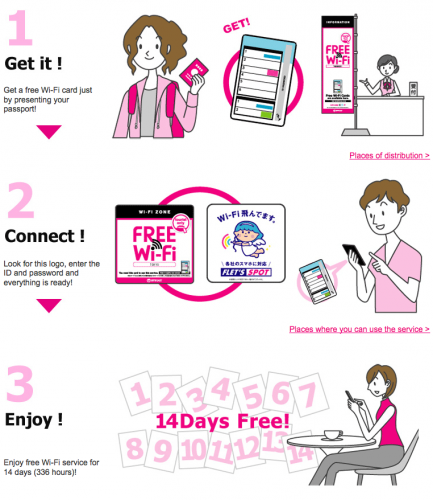
Source 1: http://flets.com/freewifi/service.html
second Tokyo Trip 2012 – Rakuten Technology Conference 2012
This October I had the pleasure to fly to Tokyo for the second time in 2012.
The development unit of Rakuten Japan was hosting the 7th Rakuten Technology Conference in Rakuten Tower 1 in Tokyo.
The schedule was packed with up to 6 tracks in parallel. From research to grass-roots-development a lot of interesting topics.
[nggallery id=4]
Source 1: http://tech.rakuten.co.jp/rtc2012/
Source 2: Recorded Lectures
Entwickler in Hamburg – die Developer Conference 2012 in Hamburg
Der Freitag der vergangenen Woche begann sehr sehr früh. Es ging nach Nürnberg um den Flug nach Hamburg zu erwischen. Erstaunlich wie günstig die heutzutage sind: der Flug nach Hamburg (50 Minuten in der Luft) sollte nur 10 Euro teurer als die Zugfahrt zurück (4 Stunden auf Schienen) sein…
Jedenfalls war es ein schön kurzer Flug und schwupps stand ich vor der Otto Versand Zentrale in Hamburg… Es war Zeit für die…
… Developer Conference Hamburg 2012.
Es war meine erste DevCon-HH und dementsprechend kann ich keine Vergleiche zum letzten Jahr ziehen. Die Räumlichkeiten – direkt bei Otto – waren jedenfalls sehr ordentlich aufgebaut, alles sehr bequem. Kurze Wege zwischen Kaffee und Vortragsstuhl. Die 2 der Vortragssäle waren leider nur über den Hauptsaal zu erreichen. Was ein-zweimal dazu führte dass Vortrage in den kleineren Sälen bereits beendet waren und die Menschenmengen durch den Hauptsaal Richtung Kaffee strömten während die Zuhörer im Hauptsaal noch versuchten zuzuhören. Hier mal im Bild erklärt: Rechts der große Hauptsaal und Links ein kleinerer Vortragssaal. Ich stand beim fotografieren direkt im Türrahmen.
Es ging für mich mit zwei sehr guten und interessanten Vorträgen los. Die Keynote des ersten Tages gibt es mittlerweile auch, wie es sich gehört, auf Slideshare:
Insgesamt war die Qualität der Vorträge sehr hoch. Ich fand die Mischung zwischen harten und soften Themen rund um die Software-Entwicklung mehr als gelungen und sicherlich werde ich versuchen nächstes Jahr wieder zu kommen.
[nggallery id=3]
Source 1: http://www.developer-conference-hh.de/
Adventures in e-Commerce and technology
Oh dear. I just thought about the fact that I never really announced or talked about the fact that I changed my employee and moved to a (old) new place.
Yes that’s right, I am not with sones anymore. I am since January 1st the CTO of Rakuten Germany. When I signed the contract the company was called Tradoria – one of the first big projects I had the opportunity to work on was the so called brandchange.
A humongeous japanese based company called Rakuten bought Tradoria in the middle of 2011 and after half a year it was time to switch the brand.
As you can imagine these were busy weeks since January 1st. I had to digest a lot of existing technology and products. I met and got to know a lot of interesting people – first and foremost a great team of developers that went through almost all imagineable pains and parties to come up with a marketplace and shop system that is a perfect base for take-off.
A short word on the business-model of Rakuten – If you’re a merchant you gotta love it: Think of Rakuten as a full service provider for a merchant and customer. You as a Rakuten merchant get all the frontend and backend bliss to present and manage your products and orders. Rakuten takes care of all the nasty bits and pieces like hosting, development, telephone orders, invoicing, payment. The only thing that you as a Rakuten merchant need to do is to put in great products, gather orders and send out packages. Since Rakuten isn’t selling products on it’s own it won’t be competing with the merchants like other marketplace providers do these days.
On top of that Rakuten cares for the merchant and the customer. Just a week after that successful brandchange I attended (and spoke) at the Tradoria Live! 2012. That’s basically the merchant get-together. This year over 500 people attended this one-day conference. Think of it as a hands-on conference with features, plans, summaries of the last year and the upcoming one – every merchant is invited to come and talk to the people in person that work hard everyday to make the marketplace and shop system better.
Just 24 hours later standing on that stage I found myself here:
Yep. That’s Tokyo (東京). After a very long flight we had the chance to attend a all-embracing tokyo tour before the meetings and talks would start for our team. It was an awesome and exhausting week – just about 120 hours later I was back in Germany – I must have slept for two days :-)
Back in germany I had a lot of stuff to learn and work through. We had already moved to a wonderful house near Bamberg – it was pretty much big luck to find it. It’s actually ridiculously huge for a couple and two cats but we love it. Imagine the contrast: moving from an apartment next to a four-lane city street to the countryside just a 15 minute drive away from work with philosophical quietness all around.
Now after about half a year I am well into the process. I met a lot of high profile techies and things seem to take up speed in regards of teamplay in germany and with all the other countries. It’s a bliss to work for a group of companies that actually go through a lot of transitions while transforming from start-ups to an enterprise.
 Ready for a family picture? Ready. Steady. Go!
Ready for a family picture? Ready. Steady. Go!
That’s all Rakuten – that’s all on one mission: Shopping is entertainment! Empower the merchants!
Beside all that I even started to learn japanese. ただいま :-)
first conference for about a year: Berlin Buzzwords 2012
It’s been a while since I attended a technology conference. But it’s going to change. This week I attended the Berlin Buzzword 2012 conference in Berlin.
Search.Store.Scale is the headline under which this awesome conference takes place and after a very slow start there were a lot of great talks about current technologies regarding databases, data processing and storage. From great overviews to some very in-depth talks… like the one called “Searching Japanese with Lucene and Solr”. Since I am currently in the process of getting to know the japanese language better this talk in particular had interesting insights into how to handle the japanese language. Very impressive and a bit frightening how complicated language processing can be.
And out gets something like this:
Photosynth now mobile…
It’s been some months years since the once Microsoft Research Project got public and Microsoft started offering it’s great Photosynth service to the public.
I’ve been using the Microsoft panoramic and Photosynth tools for years now and I tend to say that they are the best tools one can get to create fast, easy and high-quality panoramic images.
There is photosynth.net to store all those panoramic pictures like this one from 2008:
The photosynth technology itself contains several other interesting technologies like SeaDragon which allows high quality image zooming on current internet connection speeds.
This awesome technology is as of now available on the iPhone (3GS and upwards) and it’s better than all the other panoramic tools I’ve used on a phone.
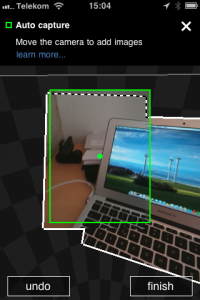
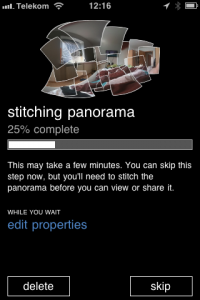

Source 1: Photosynth articles from the past
Source 2: Photosynth in Wikipedia
Source 3: Photosynth on iPhone App Store
Achievement Unlocked: Scaring the hell out of people
Oh boy, it seems that Apple just screwed up big time when it comes to data privacy. Obviously everytime someone attaches an iOS device like the iPhone to a PC or Mac and it does a backup run this backup includes the location data of that iPhone of the last several months. Impressive logging on the one hand and a shame that they did not talk about that in public upfront on the other hand.
There’s a great tool available on GitHub which uses OpenStreetMap to visualize the logged data – it creates a quite impressive graphical representation of where I was the last 6 months…
TechEd Europe 2010–if you’re there we could meet!
After 5 years of TechEd abstinence it’s time to visit the conference again. This years TechEd will be held in Berlin which is quite nice since traveling will be reduced to a minimum. Since the session schedule is already available I’ve already filled my calendar for TechEd week.
Okay it’s impressive to see that so many interesting sessions can be held in one week’ – the bad thing is that I need do decide which to go and which to watch on video later.
On later notice: Since I will be there it would be a great opportunity to meet. Let me know if you are there and want to meet.


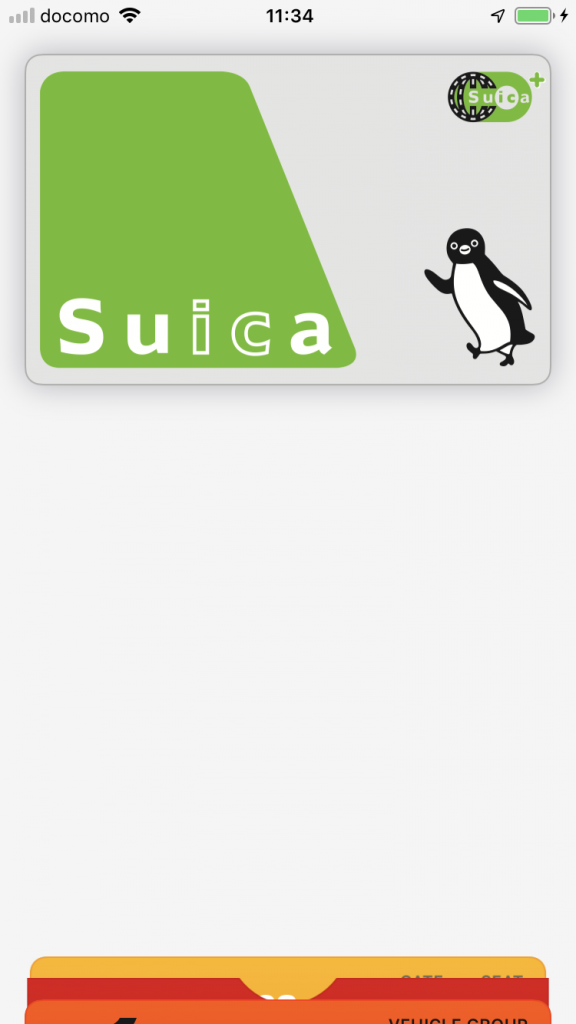
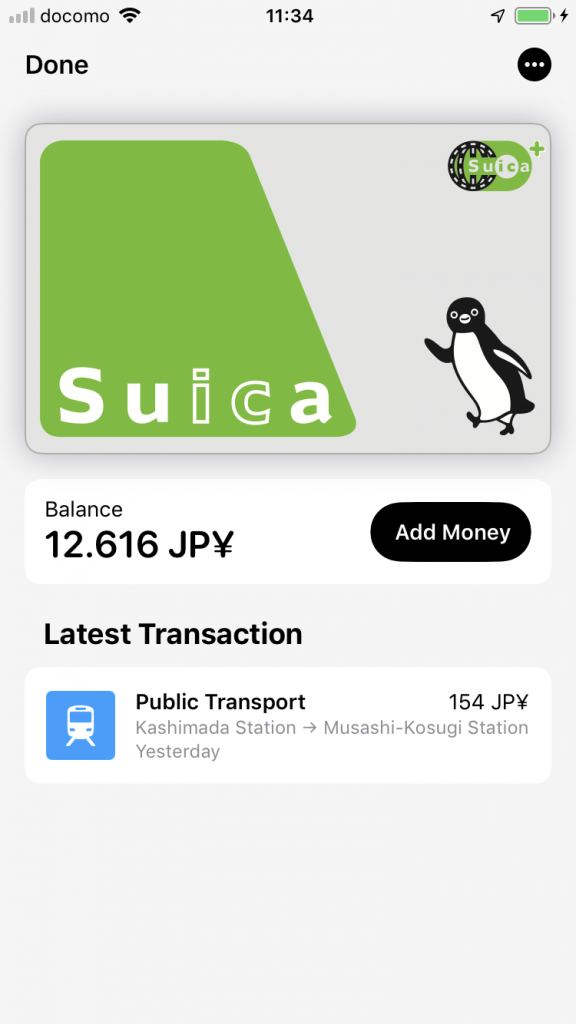


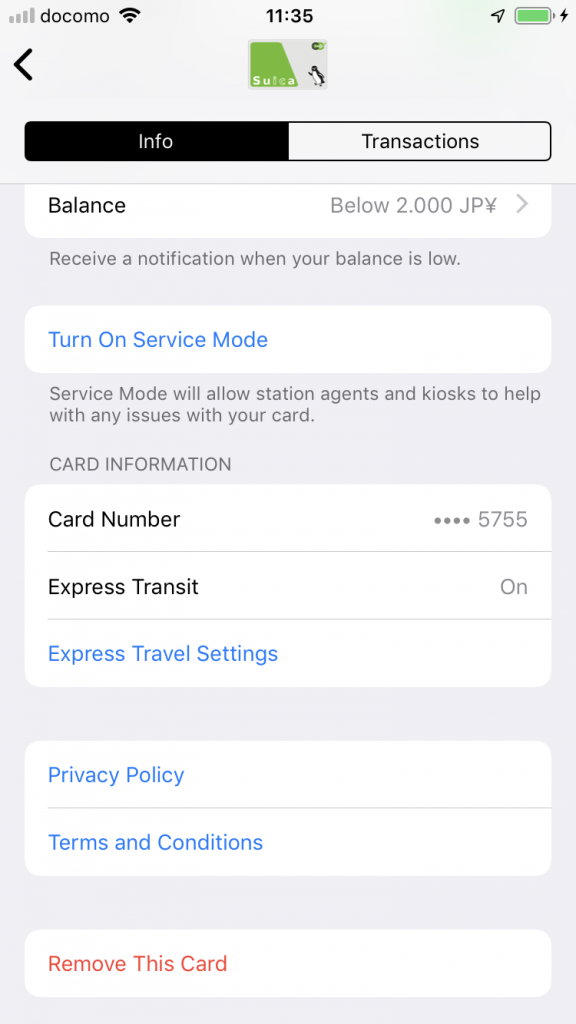
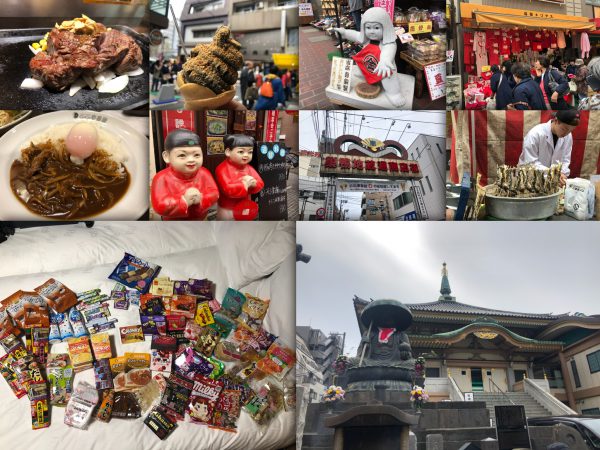


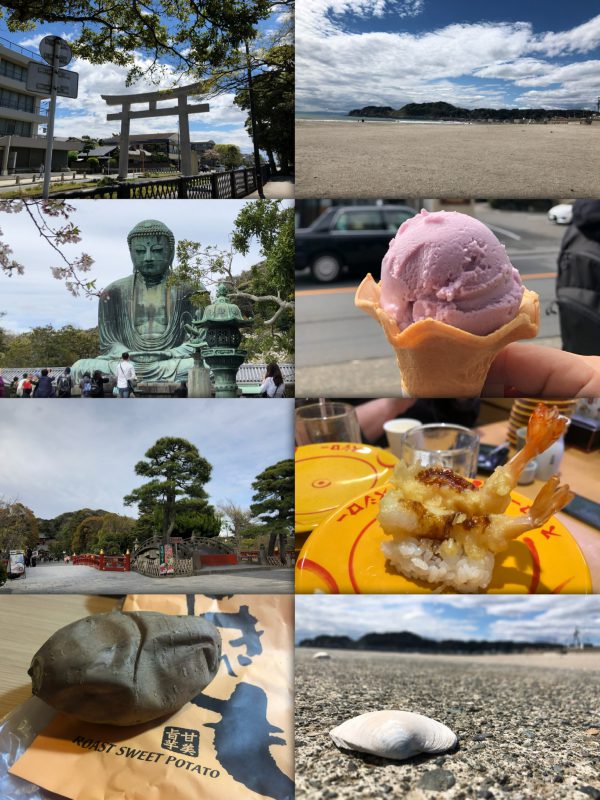

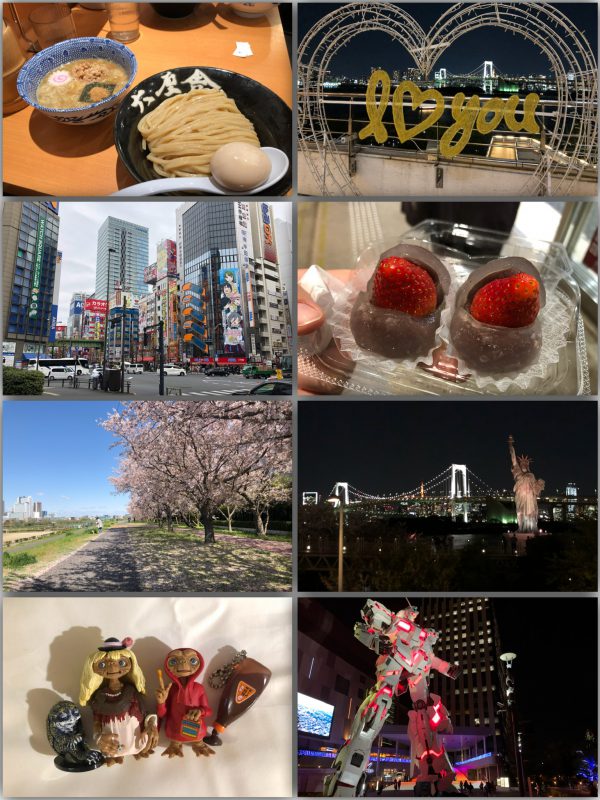



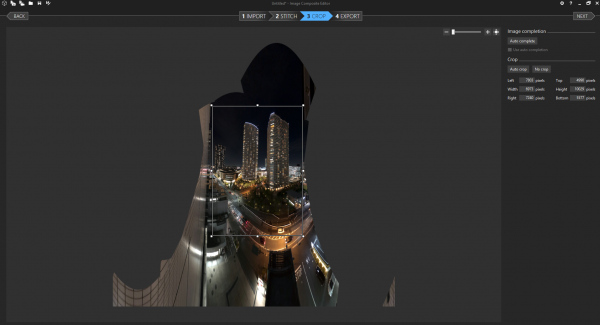
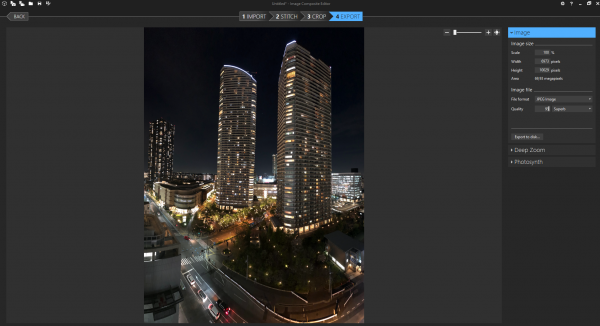





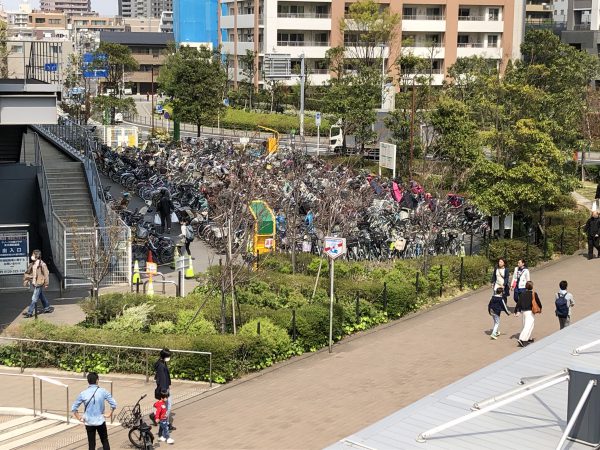

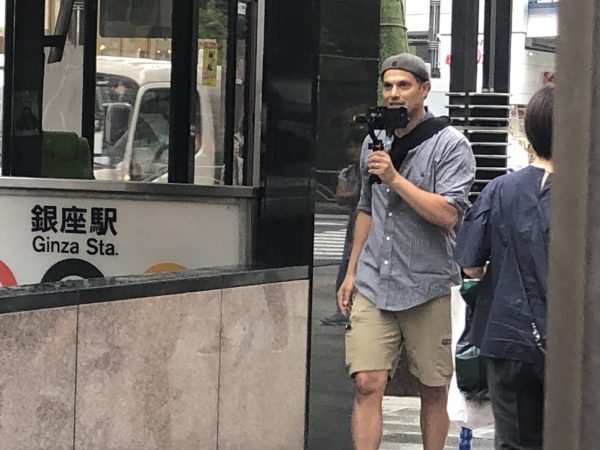

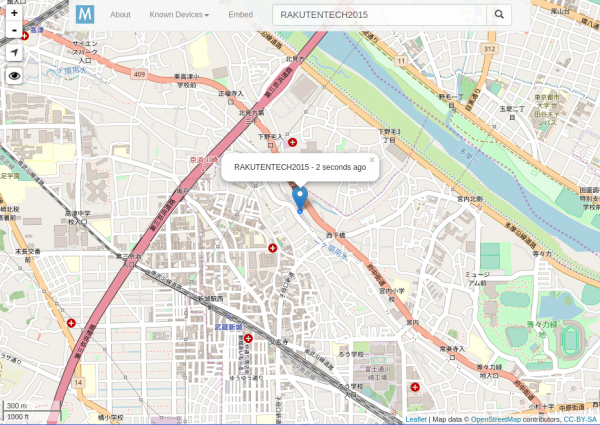


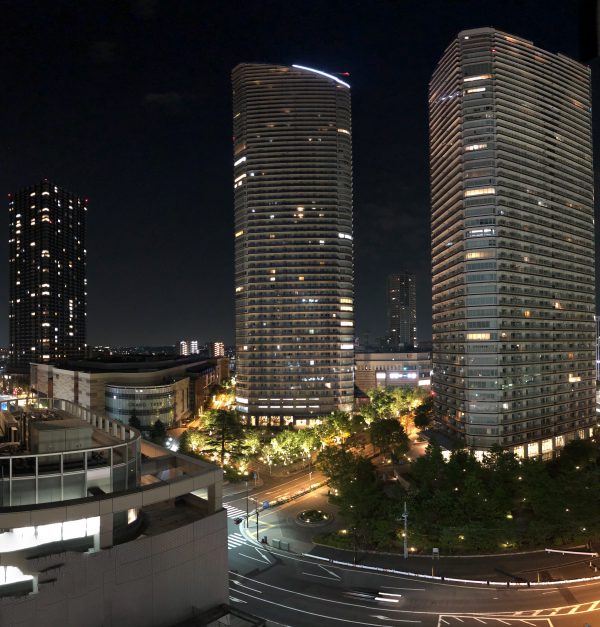






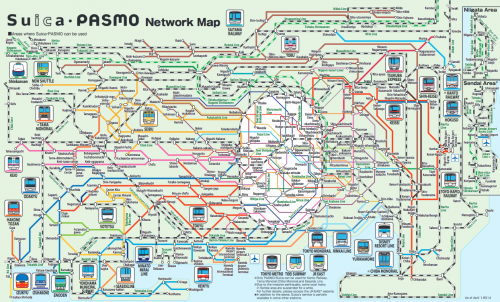


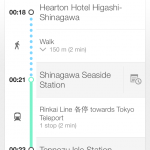
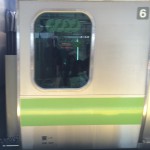





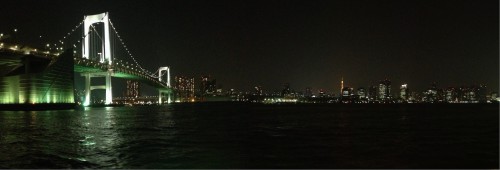




 click on it to see it big
click on it to see it big 東京
東京


